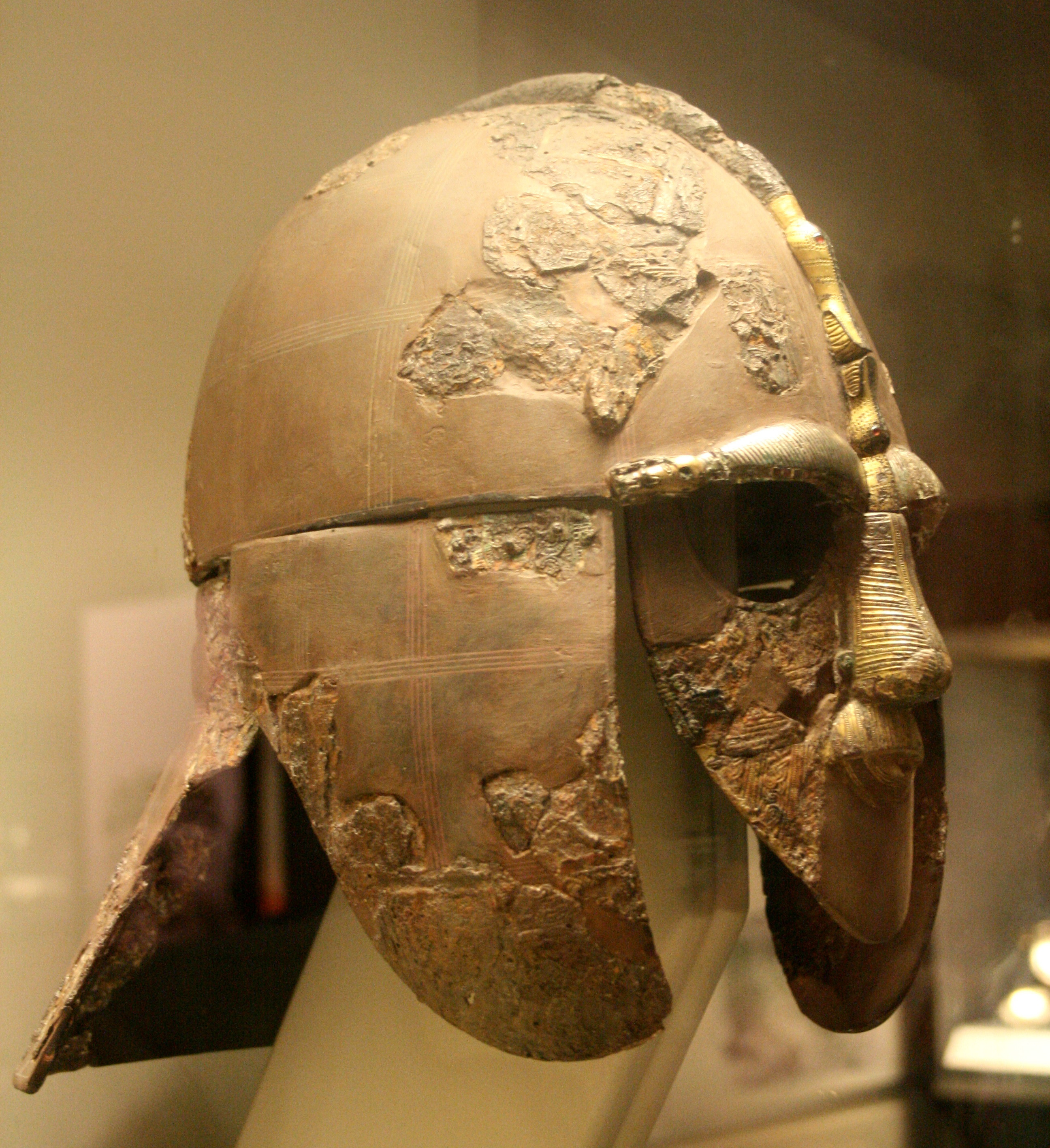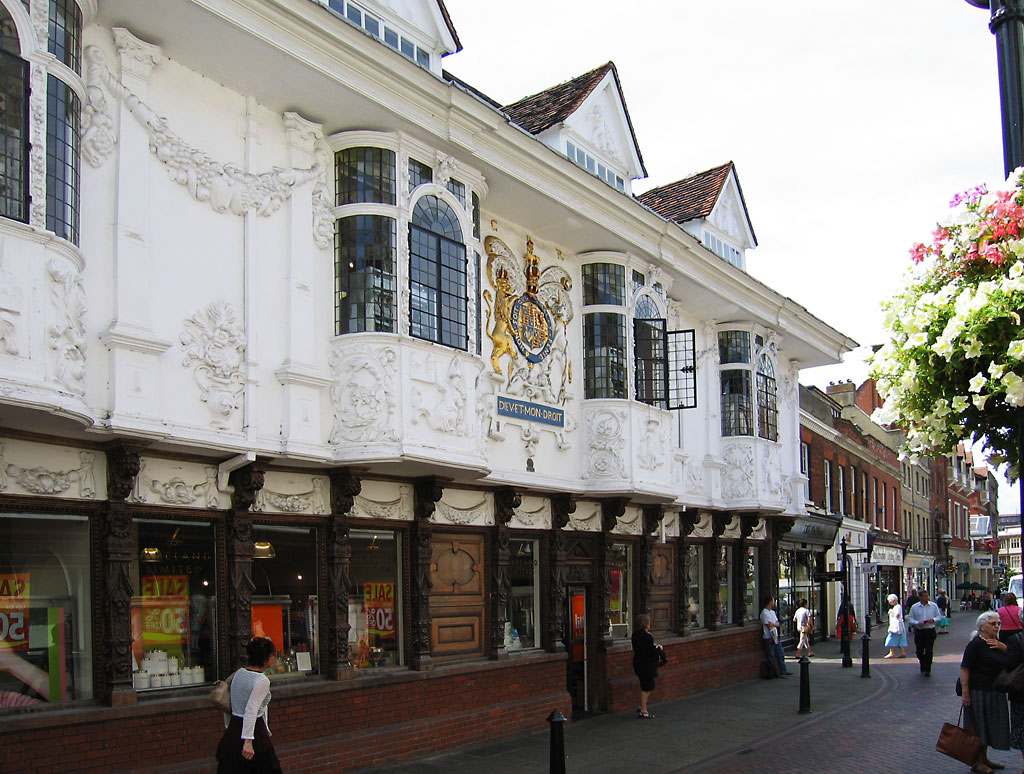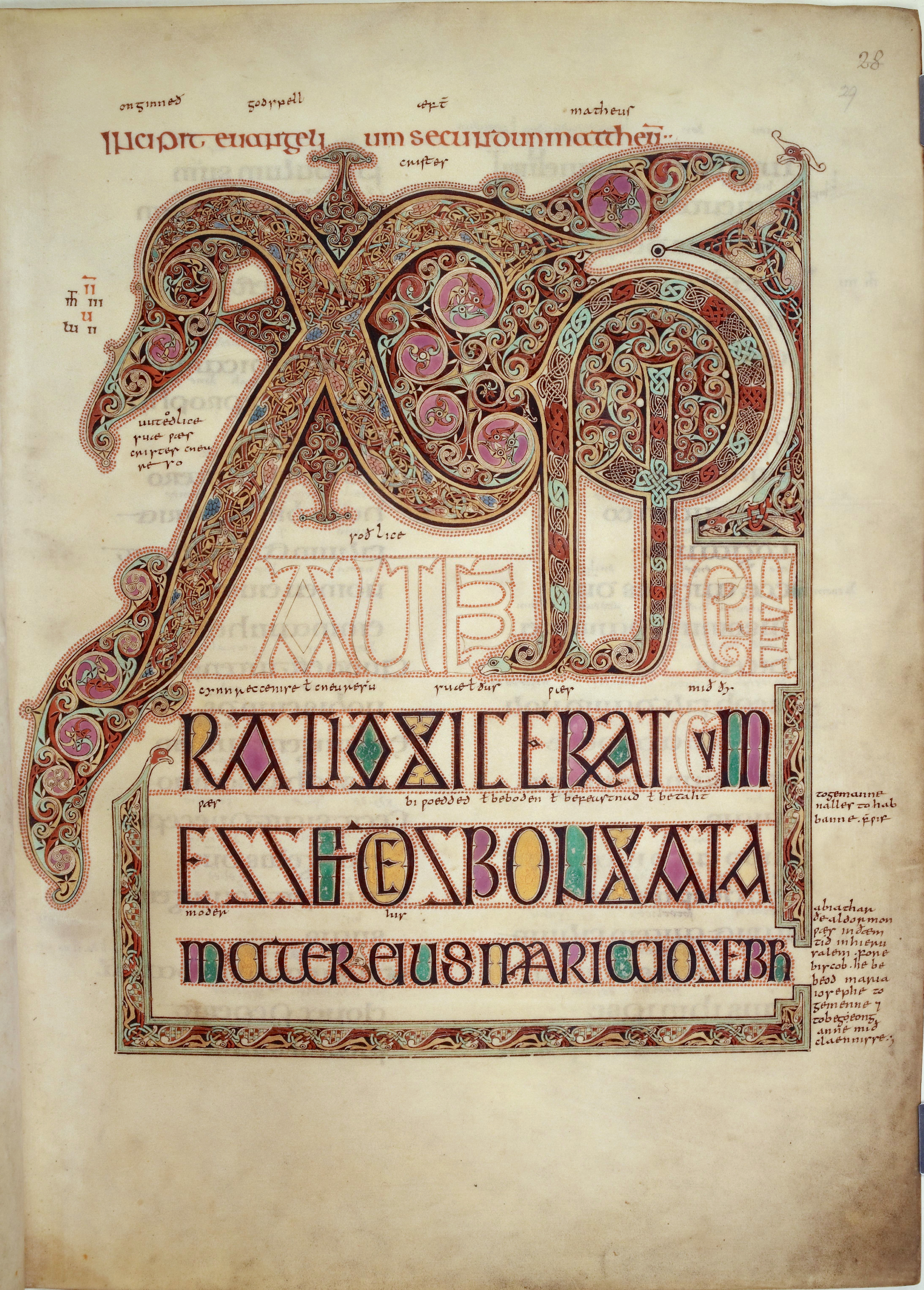|
Bucklesham
Bucklesham is a village and civil parish in the East Suffolk district of Suffolk, England, a few miles east of Ipswich. History Bucklesham is derived from the old English meaning Buccel's homestead or village. The village is recorded in the Domesday Book with a population in 1086 of 36 households made up of 32 freeholders and 4 small holders. The village gave its name to HMS ''Bucklesham'', a Ham-class minesweeper. The bell off of HMS Bucklesham can be found inside the village primary school. Facilities The village has a school, a church, a village hall (shared with the neighbouring Foxhall), houses and the pub is named The Shannon after Rear Admiral Philip Broke's ship . A small cottage – Shell Cottage – near St Mary's church was the old school, and the names of the children can still be found written on the walls. The newer school has 15 students per year group, and about 100 students in all. The village playing field is used by the children and the football team. The fi ... [...More Info...] [...Related Items...] OR: [Wikipedia] [Google] [Baidu] |
HMS Bucklesham (M2614)
HMS ''Bucklesham'' was one of 93 ships of the of inshore minesweepers. Their names were all chosen from villages ending in ''-ham''. The minesweeper was named after Bucklesham in Suffolk Suffolk () is a ceremonial county of England in East Anglia. It borders Norfolk to the north, Cambridgeshire to the west and Essex to the south; the North Sea lies to the east. The county town is Ipswich; other important towns include Lowes .... References *Blackman, R.V.B. ed. ''Jane's Fighting Ships'' (1953) Ham-class minesweepers Royal Navy ship names 1952 ships {{UK-minesweeper-stub ... [...More Info...] [...Related Items...] OR: [Wikipedia] [Google] [Baidu] |
Foxhall, Suffolk
Foxhall is a civil parish in the East Suffolk district of Suffolk, England a few miles east of Ipswich. It is adjacent to the parishes of Kesgrave to the north, Martlesham to the northeast, Brightwell to the east, Purdis Farm to the south and the borough of Ipswich to the west. The three parishes of Brightwell, Foxhall and Purdis Farm have a common council. The 2001 population was 151 persons in 57 households according to the census, the population having increased at the 2011 Census to 200. Foxhall was recorded in the Domesday Book as "Foxehola". The history and meaning ('fox-hole') of the name Foxhall and many other place-names in the parish are studied in a paper by Briggs. The survey mentions 1 holding under Foxhall: 15 acres valued at 2 shillings held by the Abbot of Ely. Under the heading of "Derneford", "which is no doubt Darnford in Foxhall, there was 80 acres and 2 acres of meadow, 3 bordars in Saxon times having 4 ploughteams when it was valued at 40 shillings, but at ... [...More Info...] [...Related Items...] OR: [Wikipedia] [Google] [Baidu] |
Basil Brown
Basil John Wait Brown (22 January 1888 – 12 March 1977) was an English archaeologist and astronomer. Self-taught, he discovered and excavated a 6th-century Anglo-Saxon ship burial at Sutton Hoo in 1939, which has come to be called "one of the most important archaeological discoveries of all time". Although Brown was described as an amateur archaeologist, his career as a paid excavation employee for a provincial museum spanned more than thirty years. Early life Basil Brown was born in 1888 in Bucklesham, east of Ipswich, to George Brown (1863–1932) and Charlotte Wait (c.1854–1931), daughter of John Wait of Great Barrington, Gloucestershire. His father was a farmer, wheelwright and agent for the Royal Insurance Company. Soon after his birth, the Browns moved to Church Farm near Rickinghall, where his father began work as a tenant farmer. From the age of five Basil studied astronomical texts that he had inherited from his grandfather. He later attended Rickinghall School ... [...More Info...] [...Related Items...] OR: [Wikipedia] [Google] [Baidu] |
Ipswich
Ipswich () is a port town and borough in Suffolk, England, of which it is the county town. The town is located in East Anglia about away from the mouth of the River Orwell and the North Sea. Ipswich is both on the Great Eastern Main Line railway and the A12 road; it is north-east of London, east-southeast of Cambridge and south of Norwich. Ipswich is surrounded by two Areas of Outstanding Natural Beauty (AONB): Suffolk Coast and Heaths and Dedham Vale. Ipswich's modern name is derived from the medieval name ''Gippeswic'', probably taken either from an Anglo-Saxon personal name or from an earlier name given to the Orwell Estuary (although possibly unrelated to the name of the River Gipping). It has also been known as ''Gyppewicus'' and ''Yppswyche''. The town has been continuously occupied since the Saxon period, and is contested to be one of the oldest towns in the United Kingdom.Hills, Catherine"England's Oldest Town" Retrieved 2 August 2015. Ipswich was a settlem ... [...More Info...] [...Related Items...] OR: [Wikipedia] [Google] [Baidu] |
Roy Southwell
Roy Southwell was the first Archdeacon of Northolt from 1970 to 1980. Born in Sudbury on 3 December 1914, he was educated at Sudbury Grammar School and King's College London. After curacies in Wigan and Kennington he held incumbencies at Ixworth (1948), Bury St Edmunds (1951) and Bucklesham (1956) Crockfords (London, Church House, 1995) before becoming the Diocese of St Edmundsbury and Ipswich’s Director of Education, a post he held from 1959 to 1967. He was Vicar of Hendon from then until his Archdeacon An archdeacon is a senior clergy position in the Church of the East, Chaldean Catholic Church, Syriac Orthodox Church, Anglican Communion, St Thomas Christians, Eastern Orthodox churches and some other Christian denominations, above that of m ...’s appointment. He died on 23 July 2011. He had married Nancy Sharp and had two daughters. References 1914 births People from Sudbury, Suffolk People educated at Sudbury Grammar School Alumni of K ... [...More Info...] [...Related Items...] OR: [Wikipedia] [Google] [Baidu] |
Ham-class Minesweeper
The Ham class was a class of inshore minesweepers (IMS), known as the Type 1, of the British Royal Navy. The class was designed to operate in the shallow water of rivers and estuaries. All of the ships in the class are named for British place names that end with -"ham". The parent firm that was responsible for supervising construction was Samuel White of Cowes, Isle of Wight. Unlike traditional minesweepers, they were not equipped for sweeping moored or magnetic mines. Their work was to locate individual mines and neutralise them. This was a then-new role, and the class was configured for working in the shallow water of rivers, estuaries and shipping channels. The class consisted of 93 ships, launched between 1954 and 1959. was the first. They were built in three slightly different sub-groups, the first sub-group, the 26-group, is distinguished by pennant numbers 26xx, and the second and third sub-groups, the 27-group, are distinguished by pennant numbers 27xx. The 26-group ... [...More Info...] [...Related Items...] OR: [Wikipedia] [Google] [Baidu] |
Astronomer
An astronomer is a scientist in the field of astronomy who focuses their studies on a specific question or field outside the scope of Earth. They observe astronomical objects such as stars, planets, moons, comets and galaxies – in either observational (by analyzing the data) or theoretical astronomy. Examples of topics or fields astronomers study include planetary science, solar astronomy, the origin or evolution of stars, or the formation of galaxies. A related but distinct subject is physical cosmology, which studies the Universe as a whole. Types Astronomers usually fall under either of two main types: observational and theoretical. Observational astronomers make direct observations of celestial objects and analyze the data. In contrast, theoretical astronomers create and investigate models of things that cannot be observed. Because it takes millions to billions of years for a system of stars or a galaxy to complete a life cycle, astronomers must observe snapsh ... [...More Info...] [...Related Items...] OR: [Wikipedia] [Google] [Baidu] |
Archdeacon Of Northolt
The Archdeacon of Northolt is a senior ecclesiastical officer within the Diocese of London. As such he or she is responsible for the disciplinary supervision of the clergy within its four area deaneries: Brent, Hillingdon, Ealing and Harrow. The post was inaugurated in 1970 and is currently held by Catherine Pickford. List of archdeacons *1970–1980 (ret.): Roy Southwell (first archdeacon; afterward archdeacon emeritus) *1980–1985 (res.): Tom Butler *1985–1992 (res.): Eddie Shirras *1992–1994 (res.): Michael Colclough *1995–2001 (res.): Pete Broadbent *2001–2005 (res.): Christopher Chessun *2006–2011 (res.): Rachel Treweek *20111 April 2013: ''post vacant – acting archdeacon: the area Bishop of Willesden (Pete Broadbent)'' * 1 April 201330 November 2019 (ret.): Duncan Green * September 2020 onwards: Catherine Pickford Catherine Ruth Pickford ( Packer; born 5 July 1976) is an English Anglican priest. Since September 2020, she has served as Archdeacon of Nort ... [...More Info...] [...Related Items...] OR: [Wikipedia] [Google] [Baidu] |
Vicar
A vicar (; Latin: '' vicarius'') is a representative, deputy or substitute; anyone acting "in the person of" or agent for a superior (compare "vicarious" in the sense of "at second hand"). Linguistically, ''vicar'' is cognate with the English prefix "vice", similarly meaning "deputy". The title appears in a number of Christian ecclesiastical contexts, but also as an administrative title, or title modifier, in the Roman Empire. In addition, in the Holy Roman Empire a local representative of the emperor, perhaps an archduke, might be styled " vicar". Roman Catholic Church The Pope uses the title ''Vicarius Christi'', meaning the ''vicar of Christ''. In Catholic canon law, ''a vicar is the representative of any ecclesiastic'' entity. The Romans had used the term to describe officials subordinate to the praetorian prefects. In the early Christian churches, bishops likewise had their vicars, such as the archdeacons and archpriests, and also the rural priest, the curate who h ... [...More Info...] [...Related Items...] OR: [Wikipedia] [Google] [Baidu] |
Sutton Hoo
Sutton Hoo is the site of two early medieval cemeteries dating from the 6th to 7th centuries near the English town of Woodbridge. Archaeologists have been excavating the area since 1938, when a previously undisturbed ship burial containing a wealth of Anglo-Saxon artefacts was discovered. The site is important in establishing the history of the Anglo-Saxon kingdom of East Anglia as well as illuminating the Anglo-Saxons during a period which lacks historical documentation. The site was first excavated by Basil Brown, a self-taught archaeologist, under the auspices of the landowner Edith Pretty, but when its importance became apparent, national experts took over. The artefacts the archaeologists found in the burial chamber include a suite of metalwork dress fittings in gold and gems, a ceremonial helmet, a shield and sword, a lyre, and silver plate from the Byzantine Empire. The ship burial has prompted comparisons with the world of ''Beowulf''. The Old English poem is par ... [...More Info...] [...Related Items...] OR: [Wikipedia] [Google] [Baidu] |
Ship Burial
A ship burial or boat grave is a burial in which a ship or boat is used either as the tomb for the dead and the grave goods, or as a part of the grave goods itself. If the ship is very small, it is called a boat grave. This style of burial was practiced by various seafaring cultures in Asia and Europe. Notable ship burial practices include those by the Germanic peoples, particularly by Viking Age Norsemen, as well as the pre-colonial ship burials described in the Boxer Codex (c. 15th century) in the Philippines. Asia-Pacific East Asia China The extinct Bo people of China's Sichuan and Yunnan provinces are known for their hanging coffins. The ancestors of the Bo people were instrumental in helping the Western Zhou overthrow the ruling Yin at the end of the Shang dynasty. Apart from this, the Bo people differed from other ethnic minorities in China through their burial traditions. Instead of the more common burial on the ground, the coffins of the Bo people were found hang ... [...More Info...] [...Related Items...] OR: [Wikipedia] [Google] [Baidu] |
Anglo-Saxon
The Anglo-Saxons were a Cultural identity, cultural group who inhabited England in the Early Middle Ages. They traced their origins to settlers who came to Britain from mainland Europe in the 5th century. However, the ethnogenesis of the Anglo-Saxons happened within Britain, and the identity was not merely imported. Anglo-Saxon identity arose from interaction between incoming groups from several Germanic peoples, Germanic tribes, both amongst themselves, and with Celtic Britons, indigenous Britons. Many of the natives, over time, adopted Anglo-Saxon culture and language and were assimilated. The Anglo-Saxons established the concept, and the Kingdom of England, Kingdom, of England, and though the modern English language owes somewhat less than 26% of its words to their language, this includes the vast majority of words used in everyday speech. Historically, the Anglo-Saxon period denotes the period in Britain between about 450 and 1066, after Anglo-Saxon settlement of Britain, th ... [...More Info...] [...Related Items...] OR: [Wikipedia] [Google] [Baidu] |






